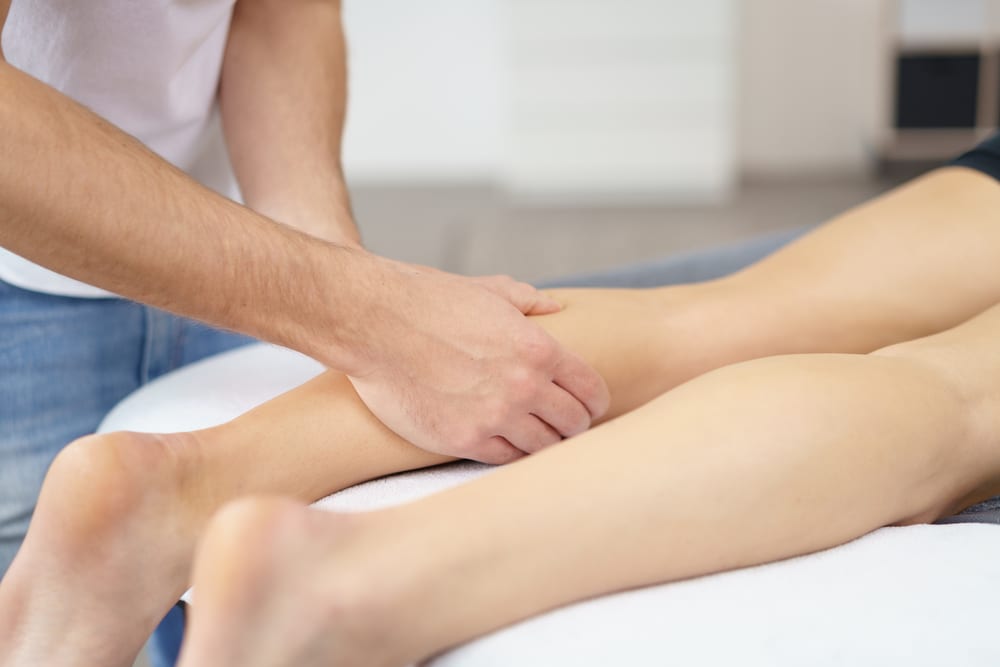The calf comprises of 2 major muscles; the gastrocnemius and the soleus. A calf strain is characterized by tearing of one or more of the muscle fibres of one or both of the calf muscles. This can happen when the calf is placed under excessive or repetitive forces due to contraction or stretch.
Calf strains are classified from grade 1 to grade 3.
- Grade 1 Tear: a small number of fibres are torn resulting in some pain, but allowing full function.
- Grade 2 Tear: a significant number of fibres are torn with moderate loss of function.
- Grade 3 Tear: all muscle fibres are ruptured resulting in major loss of function.

What are the symptoms of a calf strain?
At the time of injury you may feel a sudden sharp pain or pulling sensation in the calf region. In minor strains, pain may be minimal allowing you to function normally. In more severe cases, you may experience severe pain, muscle spasm, weakness, and an inability to weight bear. Pain is typically experienced during activities such as walking (especially uphill), going up and down stairs, running, jumping, hopping, or standing on tip toes. Patients may also experience pain or stiffness after these activities with rest. Swelling, tenderness and bruising may also be present in the calf region.
How can physiotherapy help?
Depending on the severity of the calf tear you can expect to recover within two to eight weeks with appropriate treatment. Physiotherapy treatment can include soft tissue massage, anti-inflammatory advice, taping, stretching, acupuncture, ice or heat treatment, biomechanical correction and a gradual return to activity programme improving strength and function.

